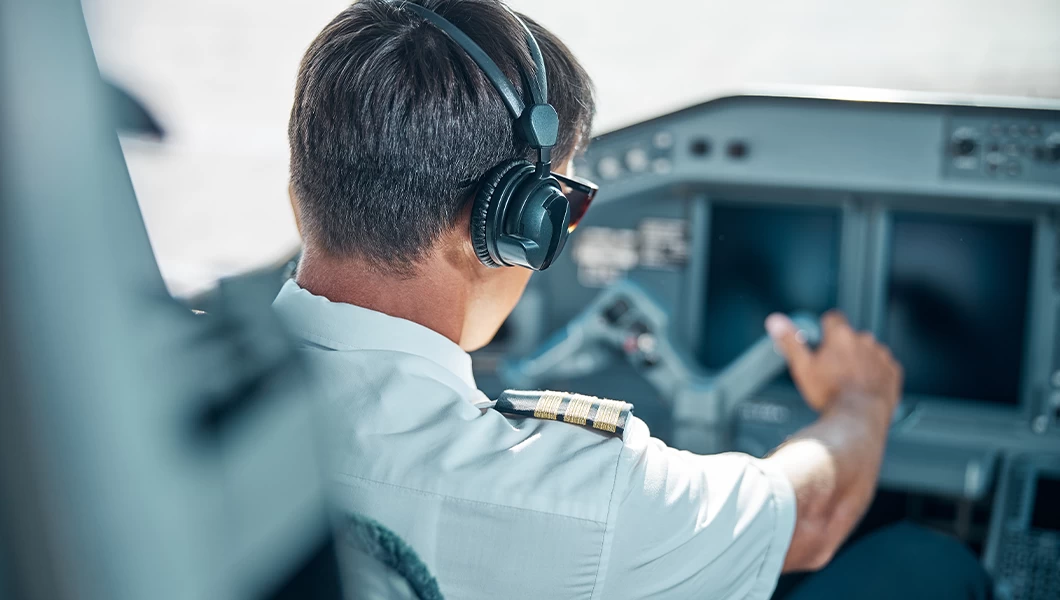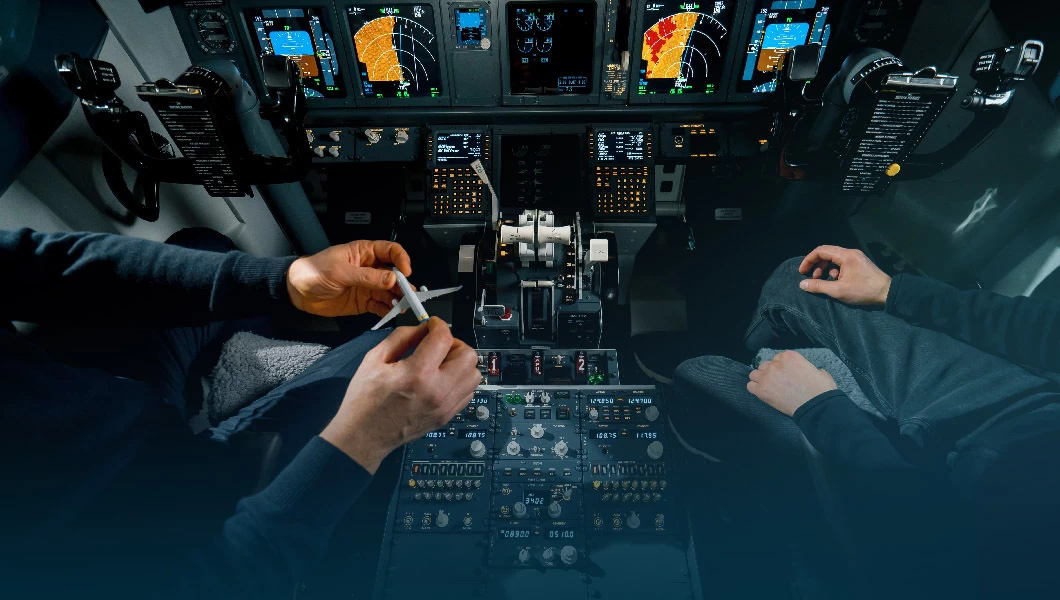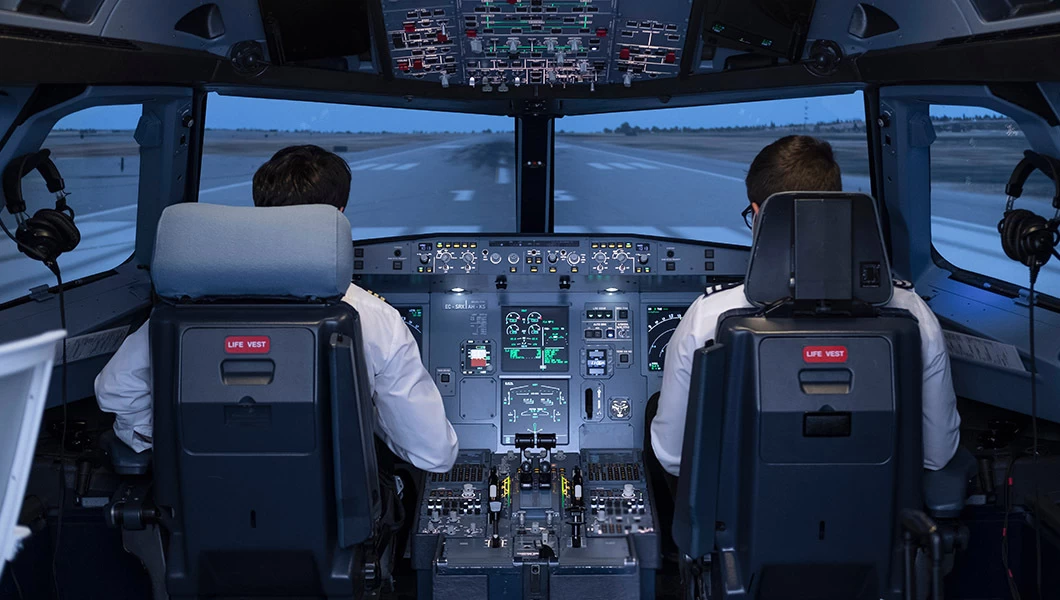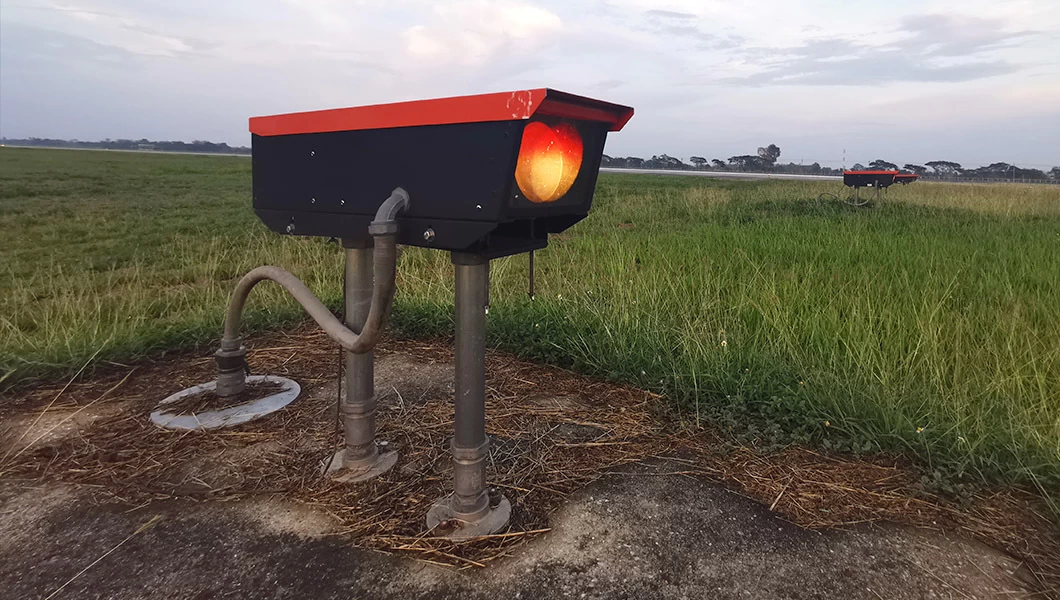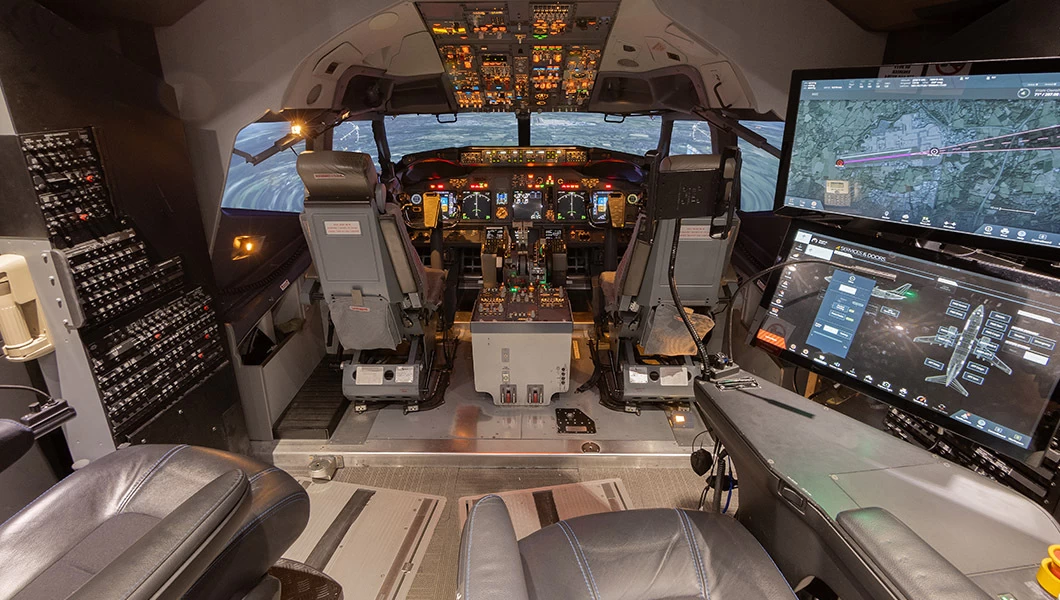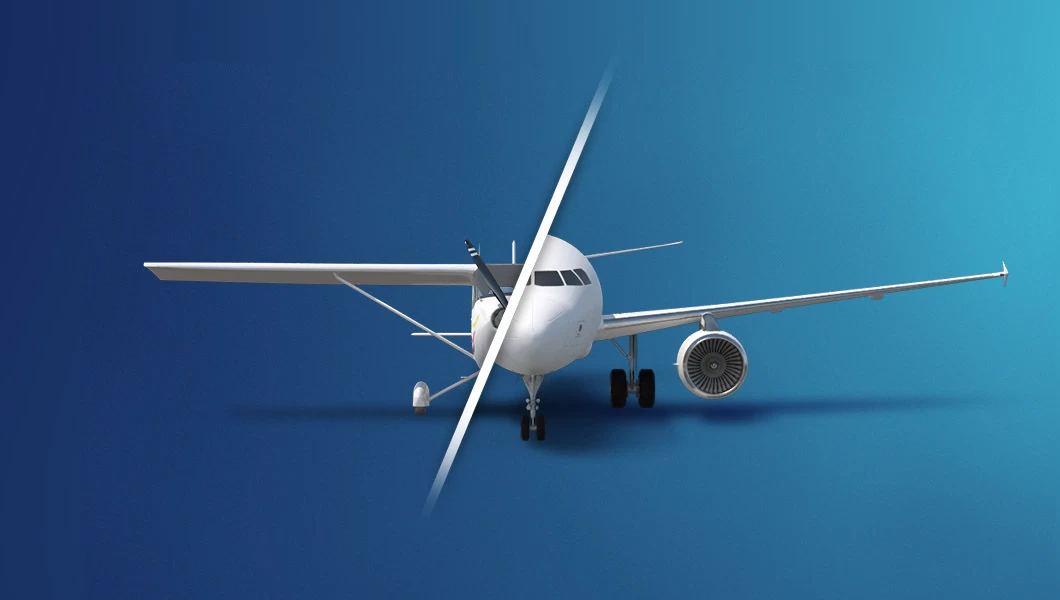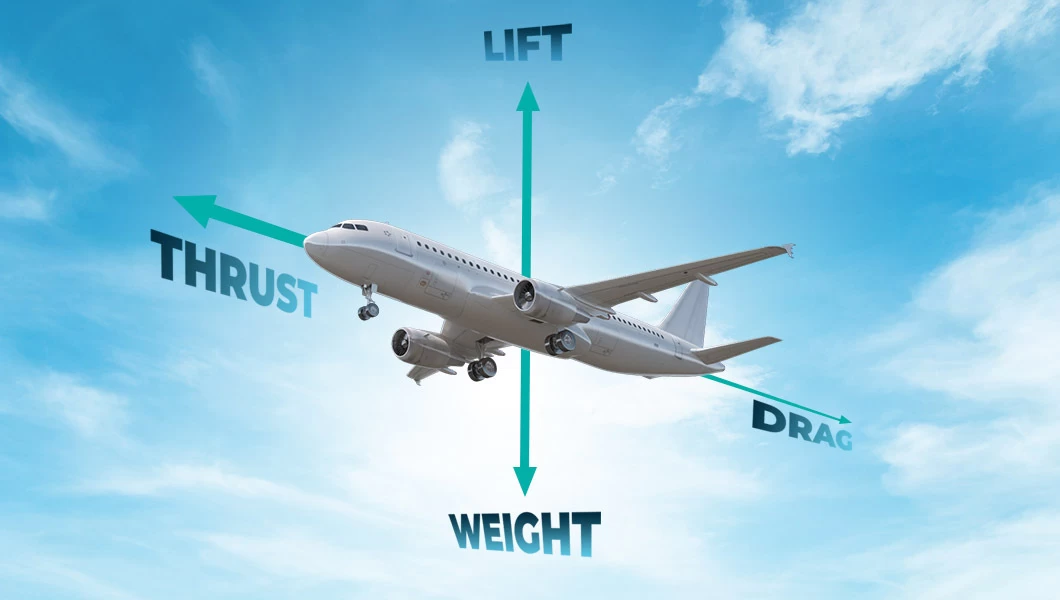Updated on October 28, 2024.
It’s a part of their day-to-day operations, and knowing how to talk to the Air Traffic Control (ATC) is essential. So, let’s take a look at some of the most common phrases and situations both student pilots and seasoned flight crew encounter.
In our first article on ATC communications, we covered the basics of preparing for radio communications with air traffic control professionals. Now, we delve a little bit deeper into the nitty-gritty of frequently faced situations.
Standard words and phrases
Undoubtedly, the most important thing in radio communication is for the message of the pilot to be unambiguous and clearly understood. A pilot’s communication partners—the air traffic controllers—will use the standard phraseology whenever they can, so learning the long vocabulary list is mandatory.
Fortunately, the meaning of these words and phrases is usually pretty self-explanatory. We’ve prepared a list of the most typical ones encountered in the wild. These and the full list should be gradually committed to memory. Remember, it will become second nature to you with practice and gained experience.
Feel free to save the image for the future!
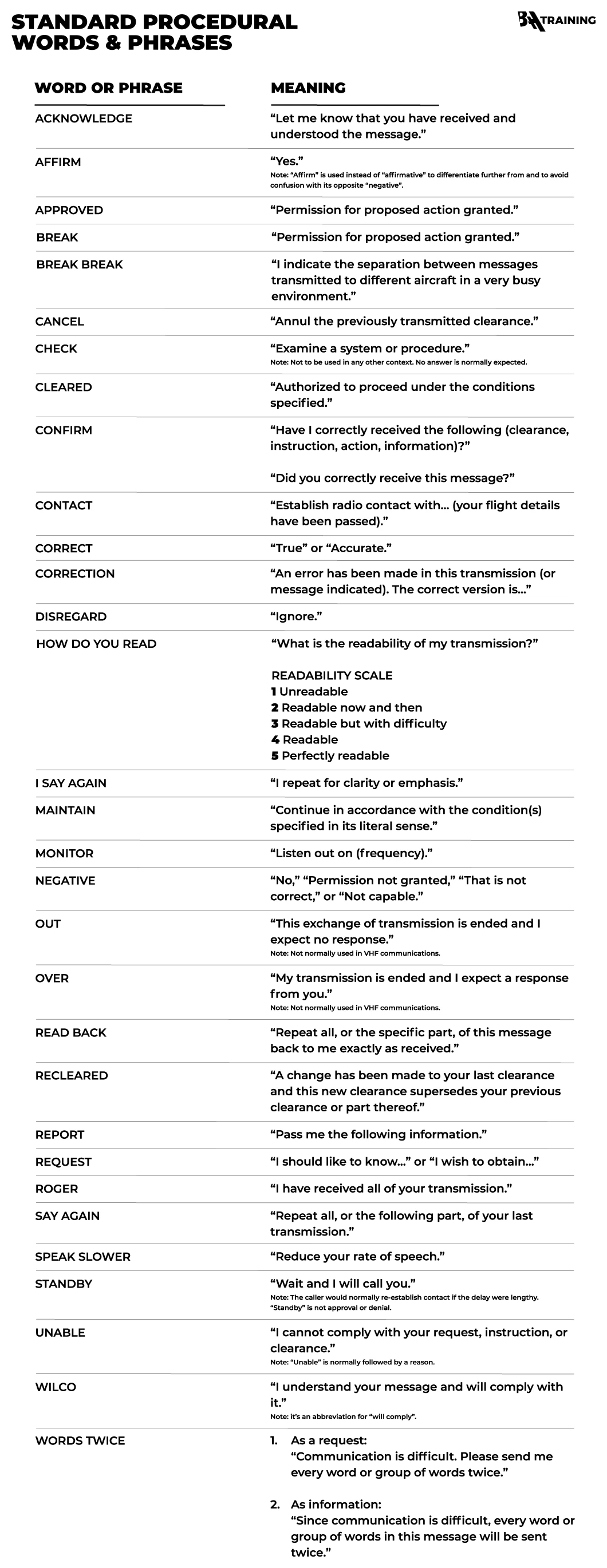
ATC communication examples
While each flight is unique, and there is no one set pattern for ATC communications to follow to the T, procedures remain the same. Unless you’re piloting a transatlantic flight through multiple airspaces, most radio communication is contained within the different stages of the flight.
Here, we share a couple of typical flight communications examples for both IFR (Instrument Flight Rules) and VFR (Visual Flight Rules) flights. The setting: Vilnius International Airport. The actors: a Cessna 172 Skyhawk single-engine aircraft pilot (👨✈️) and an ATC Tower Controller (🎧).
IFR Departure
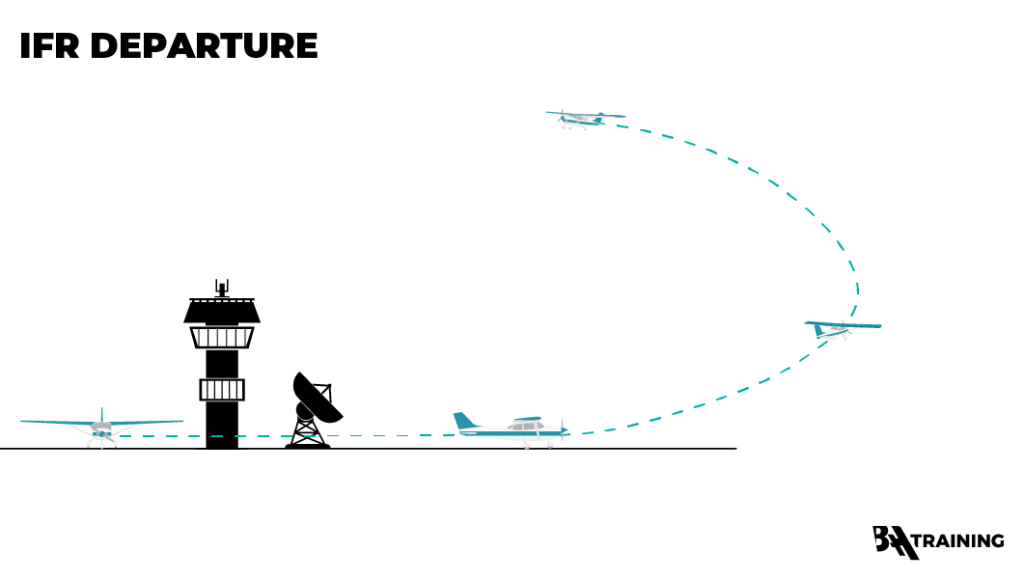
👨✈️
Vilnius Tower
Lima-Yanke-Foxtrot-Tango-Foxtrot (LY-FYF)
Good morning, request ATC clearance
🎧
Lima-Yankee-Foxtrot-Tango-Foxtrot
Vilnius Tower
Good morning
Cleared to destination (or airport code, or exact destination name) via flight planned route
(Route, e.g. UPASI 1 Bravo) departure, initially climb flight level niner zero, squawk two six three two
👨✈️
Cleared to destination (or airport code, or exact destination name) via flight planned route
(Route) departure, initially climb flight level niner zero, squawk two six three two
Lima-Yankee-Foxtrot-Tango-Foxtrot
👨✈️
Request start-up
Lima-Yankee-Foxtrot-Tango-Foxtrot
🎧
Lima-Yankee-Foxtrox-Tango-Foxtrot
Start-up approved
QNH (number), information (letter), runway in use (runway number)
👨✈️
Start-up approved
QNH (number), information (letter), runway in use (runway number)
Lima-Yankee-Foxtrot-Tango-Foxtrot
👨✈️
Request taxi
Lima-Yankee-Foxtrot-Tango-Foxtrot
🎧
Lima-Yankee-Foxtrot-Tango-Foxtrot
Taxi to holding point runway (runway number) via A E G
👨✈️
Taxi to holding point runway (runway number) via A E G
Lima-Yankee-Foxtrot-Tango-Foxtrot
👨✈️
Approaching holding point runway (runway number)
Lima-Yankee-Foxtrot-Tango-Foxtrot
🎧
Lima-Yankee-Foxtrot-Tango-Foxtrot
Line up runway (runway number)
Report ready for departure
👨✈️
Lining up runway (runway number)
Fully ready for departure
Lima-Yankee-Foxtrot-Tango-Foxtrot
🎧
Lima-Yankee-Foxtrot-Tango-Foxtrot
Wind (number) degrees, (number) knots
Cleared for take-off runway (runway number)
👨✈️
Cleared for take-off runway (runway number)
Lima-Yankee-Foxtrot-Tango-Foxtrot
IFR Arrival
(If the runway is clear)
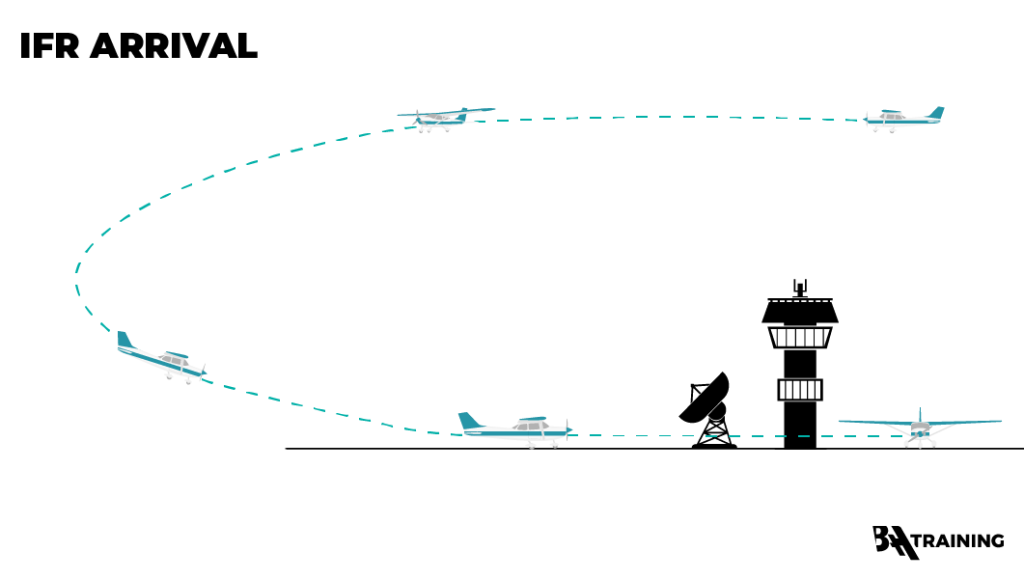
👨✈️
Vilnius Tower
Lima-Yankee-Foxtrot-Tango-Foxtrot
On final runway (runway number)
🎧
Lima-Yankee-Foxtrot-Tango-Foxtrot
Wind (number) degrees, (number) knots
Cleared to land runway (runway number)
👨✈️
Cleared to land runway (runway number)
Lima-Yankee-Foxtrot-Tango-Foxtrot
🎧
Vacate runway via H I B, stand two six
👨✈️
Vacate runway via H I B, stand two six
Lima-Yankee-Foxtrot-Tango-Foxtrot
VFR Control Zone (CTR) Crossing
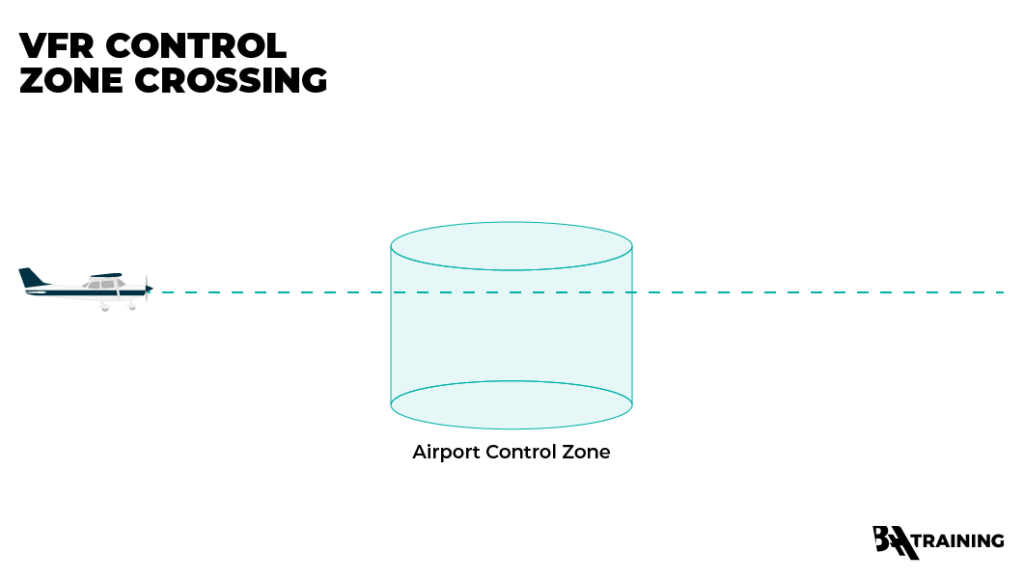
👨✈️
Vilnius Tower
Lima-Yankee-Lima-Mike-Golf (LY-LMG)
Approaching EPINI*
Request to enter control zone to cross via LEDVI**
* **airport waypoint names
🎧
Lima-Yankee-Lima-Mike-Golf
Vilnius Tower
Cleared to enter control zone via EPINI
Altitude one thousand five hundred feet or below, QNH one zero one zero
👨✈️
Entering control zone via EPINI
Altitude one thousand five hundred feet or below, QNH one zero one zero
Lima-Yankee-Lima-Mike-Golf
(If CTR is empty)
🎧
Lima-Yankee-Lima-Mike-Golf
Proceed/direct to LEDVI
Report approaching
👨✈️
Proceeding/direct to LEDVI, wilco
Lima-Yankee-Lima-Mike-Golf
👨✈️
Approaching LEDVI
Lima-Yankee-Lima-Mike-Golf
🎧
Lima-Yankee-Lima-Mike-Golf
Contact Vilnius information one two three decimal eight five zero
👨✈️
Contact Vilnius information one two three decimal eight five zero
Lima-Yankee-Lima-Mike-Golf
(If there are departures)
🎧
Lima-Yankee-Lima-Mike-Golf
Proceed/direct to LEDVI via threshold runway (runway number)
Report approaching LEDVI
👨✈️
Proceed/direct to LEDVI via threshold runway (runway number), wilco
Lima-Yankee-Lima-Mike-Golf
👨✈️
Approaching LEDVI
Lima-Yankee-Lima-Mike-Golf
🎧
Lima-Yankee-Lima-Mike-Golf
Contact Vilnius information one one three decimal eight five zero
👨✈️
Contact Vilnius information one one three decimal eight five zero
Your PILOT CAREER
starts with a first click
Lima-Yankee-Lima-Mike-Golf
(If there are arrivals)
🎧
Lima-Yankee-Lima-Mike-Golf
Proceed to EAST/WEST holding pattern
Report over
👨✈️
Proceeding to EAST/WEST holding pattern, wilco
Lima-Yankee-Lima-Mike-Golf
👨✈️
Over EAST/WEST holding pattern
Lima-Yankee-Lima-Mike-Golf
🎧
Lima-Yankee-Lima-Mike-Golf
Hold over EAST/WEST holding pattern until further advice/instructions
👨✈️
Holding over EAST/WEST holding pattern until further advice/instructions
Lima-Yankee-Lima-Mike-Golf
VFR Arrival
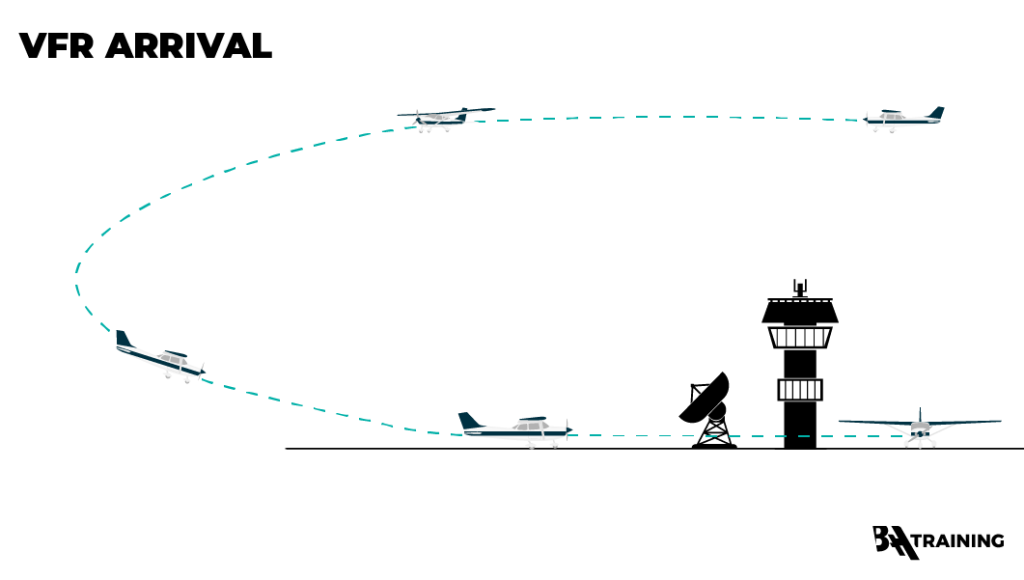
👨✈️
Vilnius Tower
Lima-Yankee-Lima-Mike-Golf
Approaching LEDVI
Request to enter control zone to land
🎧
Lima-Yankee-Lima-Mike-Golf
Vilnius Tower
Cleared to enter control zone via LEDVI
Altitude one thousand five hundred feet or below, QNH one zero zero zero, information (letter)
👨✈️
Cleared to enter control zone via LEDVI
Altitude one thousand five hundred feet or below, QNH one zero zero zero, information (letter)
Lima-Yankee-Lima-Mike-Golf
🎧
Lima-Yankee-Lima-Mike-Golf
Proceed direct final
Report final
👨✈️
Proceeding direct final, wilco
On final runway (runway number)
Lima-Yankee-Lima-Mike-Golf
🎧
Lima-Yankee-Lima-Mike-Golf
Wind (numbers) degrees, (numbers) knots
Cleared to land runway (runway number)
👨✈️
Cleared to land runway (runway number)
Lima-Yankee-Lima-Mike-Golf
The key role of a read-back
When it comes to radio communication, vital parts of information or messages from an ATSU (Air Traffic Service Units) have to be read back. This prevents miscommunication, which, as aviation history shows, quite often is one of the main factors for some serious incidents, or at the very least, a big embarrassment.
Some of the important read-back items for a student pilot are:
- Runway clearances from ATC like cleared for takeoff, cleared to land, holding point, line up, and others.
- Runway in use.
- Altimeter settings so that your altimeter indicates correctly.
- Frequency change to ensure that you switch to the needed frequency and not an incorrect one.
- ATC route clearances
- Heading changes requested by the ATSU.
- Level or altitude instructions
- Speed instructions
- Transponder squawk instructions
- Type of radar service
- VDF direction finding information
- Approach instructions
- Transition levels
- Taxi instructions / tow instructions
An example of a read-back:
🎧 Lima-Yankee-Lima-Mike-Golf, contact Vilnius information one two three decimal eight five zero.
👨✈️ Contact Vilnius information one two three decimal eight five zero, Lima-Yankee-Lima-Mike-Golf.
Can never be too careful
A recent incident involving an Airbus A380 at Boston Logan Airport highlights exactly how important clear communication and read-back procedures in aviation are. Upon landing, the aircraft missed a designated turn and mistakenly continued along a closed taxiway due to an incomplete read-back of air traffic control instructions. The pilots, seemingly distracted, failed to confirm their assigned path, ultimately crossing an active runway without clearance. This led to a 45-minute delay, requiring a tug to reposition the aircraft. This incident, and other similar ones, though resolved safely, show how critical a read-back is in preventing runway incursions and enhancing situational awareness. The practice ensures pilots accurately confirm ATC instructions, mitigating risks linked to human error.
Practicing ATC communications

Once you have familiarized yourself with the standard phraseology and the most frequently encountered standard flight communication patterns well enough, it’s the perfect time to try out your listening and comprehension skills.
Nothing will prepare you better for the real-life thing than listening to the, well, real-life thing. The bouquet of different accents, speaking speeds, and radio crackles is truly a fool-proof way to train your ear and start your journey of mastering the art of radio communications.
Here is an audio of the ongoing communication between the Dublin Airport (ground, tower, approach, and center controllers) and pilots.
Another clip from the Warsaw International Airport approach controllers and pilots.
And, to spice things up, communication at the Darwin Airport in Western Australia.
Bottom line
While there is quite a lot to remember, memorize, and prepare for regarding radio communication with air traffic control professionals, a pilot’s day-to-day communications follow more or less the same pattern. Once you get a hang of it, you’ll be able to expect certain types of information in advance. The most important thing is to practice your listening skills and role-play these dialogue patterns.
In the final article of this series, we will cover the rare emergency lingo and situations that pilots must always be prepared to handle.
